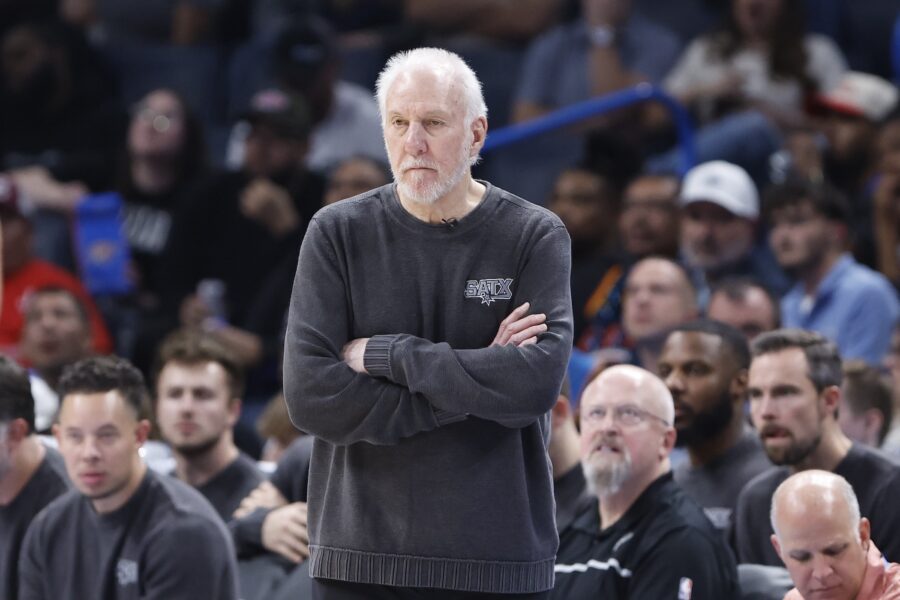The Wisconsin Legislature on Wednesday approved a bipartisan package intended to increase lower-cost housing for Wisconsinites, including through the creation of loan programs to build infrastructure, convert vacant commercial buildings into homes and rehabilitate housing above commercial businesses.
Another measure would expand an existing home-rehabilitation program, and a fifth would seek to limit the ways local governments can step in to stop new housing developments.
The bills now head to Democratic Gov. Tony Evers, who would likely sign most of the proposals into law.
Predominantly written by Republicans, the package seeks to respond to the state’s ongoing housing crisis, with older adults retiring from work but remaining in their homes, leaving fewer places to live for working Wisconsinites.
“One of the biggest challenges that we have … is that with all the folks who want to live and work, retire and play here, we are in a shortage of housing, and that’s one of the things that we have really focused on,” Assembly Speaker Robin Vos, R-Rochester, said about the bills before their passage.
People are also reading…
Lawmakers also are trying to increase the incentives for younger adults to move to the state.
A growing number of developers are considering converting empty office towers into housing as part of an effort to revive struggling downtown business districts that emptied out during the pandemic. Many politicians see these conversions as a potential catalyst to bringing new housing to these dormant neighborhoods and, with that, restaurants, shops and other businesses serving these new residents. Some also see a chance to diversify neighborhoods with much-needed housing that is affordable to low- and middle-income residents. Conversion projects are underway in cities like New York, Washington, Pittsburgh and Dallas.
The state’s 65-or-older population is expected to increase by 334,000 by 2030, but the number of adults under 65 will fall by 130,000, according to the Wisconsin Counties Association’s nonpartisan research arm, Forward Analytics.
Lawmakers had been working on the package for several months. The bills came out in late May, just after Republicans on the Legislature’s finance committee stripped provisions from Evers’ budget seeking to spend $270 million to increase lower-cost housing.
The state defines housing as being affordable when occupants spend no more than 30% of their gross income on living costs, including utilities, according to the Wisconsin Housing and Economic Development Authority, or WHEDA.
One measure, AB 264, would create a no-interest loan program to fund infrastructure, such as plumbing and sidewalks, for lower-cost and senior housing developments. Under the draft measure, 75% of the loans under the new program would go to fund lower-cost housing infrastructure development and 25% would be for senior housing infrastructure.
Another proposal, AB 265, would provide no-interest loans to rehabilitate housing on the second or third floor of a building that has a main floor used for commercial space. The measure would require the housing to have been constructed at least 40 years earlier, be vacant and to constitute lower-cost housing.
That measure would allow $20,000 for each loan or 25% of the total rehabilitation cost, whichever is less.
AB 266 would limit the ability of residents to block new housing. Unlike other proposals in the package, no Democratic legislators sponsored this bill.
The measure would require local governments to approve housing-development proposals that are “consistent with local zoning, subdivision regulations and comprehensive plans,” according to the Legislative Reference Bureau. Developers would be allowed to sue if a local government denies a proposal that abides by local rules.

Another measure, AB 267, would expand eligibility for WHEDA’s housing rehabilitation loan fund. The bill would open the program up to remove asbestos or other internal environmental hazards; replace an interior wall, ceiling or flooring; or fix a home’s plumbing. The proposal would allow WHEDA to make low- or no-interest loans.
Finally, AB 268 would create a loan program for developers converting vacant commercial buildings into lower-cost or senior housing. The loan program, administered by WHEDA, would require the developers to create at least 16 housing units. Under the bill, 25% of the money would be set aside to fund senior housing projects.
That proposal would allow for the no-interest loans to amount to 20% of each project cost or $1 million per project, whichever is less.

Evers has called for a 10% tax cut for individuals earning $100,000 or less a year and married filers making $150,000 or less.

The governor’s budget proposal is all but certain to receive pushback from legislative Republicans, who have championed the need to implement a flat income tax in Wisconsin.

Evers on Tuesday also unveiled proposals to cut taxes, increase local government funding, spend more than $100 million to deal with PFAS contamination and support child care providers.

Around a third of students across Wisconsin feel sad and hopeless almost every day, according to the Office of Children’s Mental Health.

Wisconsin’s latest fiscal outlook projects the state will wrap up the current fiscal year with about half a billion dollars more than previous projections.

The two top options being discussed are adjusting the state’s income tax to benefit middle class earners or eliminating the current tax and creating a 3.25% flat tax.

Evers will unveil his formal budget request on Feb. 15. From there, the Republican-controlled budget committee will rewrite the document before sending it back to the governor.

Of the more than 4.2 million licensed drivers in Wisconsin, 770,000 had at least one OWI citation or conviction as of the end of 2021.



:focal(0x0:6048x4024)/static.texastribune.org/media/files/200cc9993008801ce2e4270df7e25684/1120%20Trans%20Lege%20JM%2008.jpg)
:focal(0x0:3000x2000)/static.texastribune.org/media/files/ab295039087efb8f48e708c4cde2a51d/Afton%20Crypto%20Farm%20TrT%20TT%2005.jpg)























/cdn.vox-cdn.com/uploads/chorus_asset/file/25782636/247422_ChatGPT_anniversary_CVirginia.jpg)
/cdn.vox-cdn.com/uploads/chorus_asset/file/25789444/1258459915.jpg)

/cdn.vox-cdn.com/uploads/chorus_asset/file/25546252/STK169_Mark_Zuckerburg_CVIRGINIA_D.jpg)
